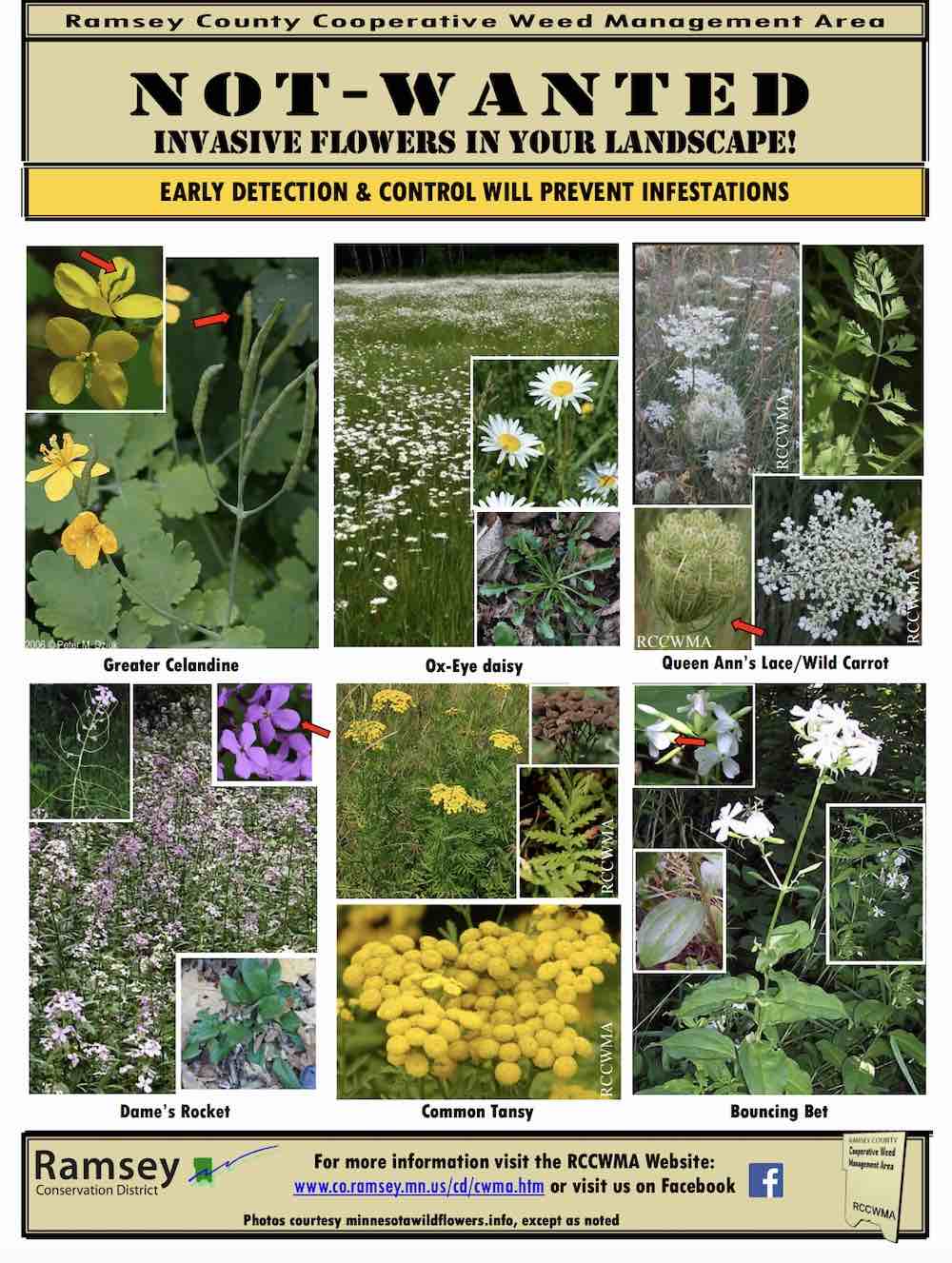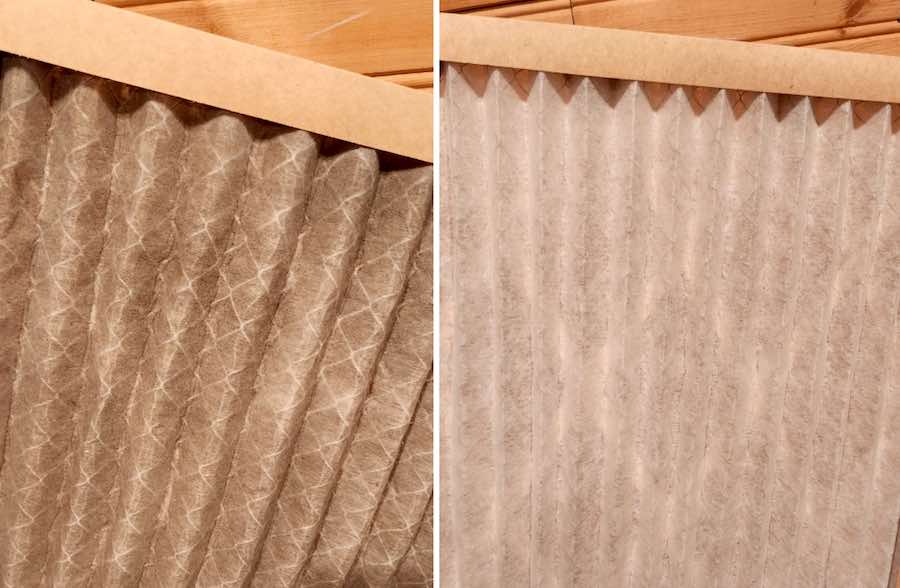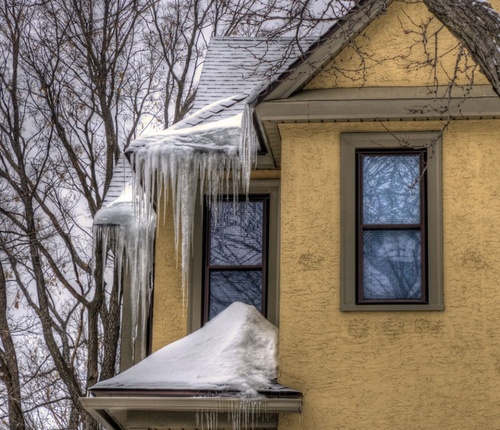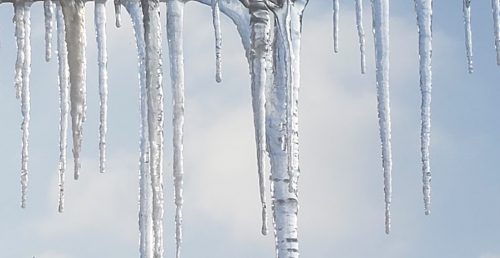I don’t have to look far to see invasive species or noxious weeds being grown and even cultivated by well-meaning St. Paul gardeners. There are so many that it is hard to keep track. Ramsey County has a list with pictures. If you are not sure you a growing an invasive species check the Ramsey County cooperative weed management page.
By the way, St. Paul has rules regarding vegetation. I think the most important thing to know is that vegetation has to be controlled and can not encroach on sidewalks streets or alleys. There are rules against tall grass and vegetation that may harbor rodents.
City rules also state “Cut and remove overgrown, uncontrolled vegetation, shrubs, trees, vines throughout the yard that may harbor rodents. (The City does not have enforceable code for trees or vegetation hanging into neighboring private properties.) ” Find more rules at Stpaul.gov property code enforcement.
Property codes in St. Paul are enforced by a complaint-driven system which is unfortunate because it is not consistently, fairly or evenly enforced.
Here is a screenshot of some invasive flowers. It does not include purple loosestrife which is an invasive species in Minnesota that came from Eurasia and can be found in our wetlands.

Many people can not identify invasive plants or noxious weeds, which is why they grow them in their gardens.




